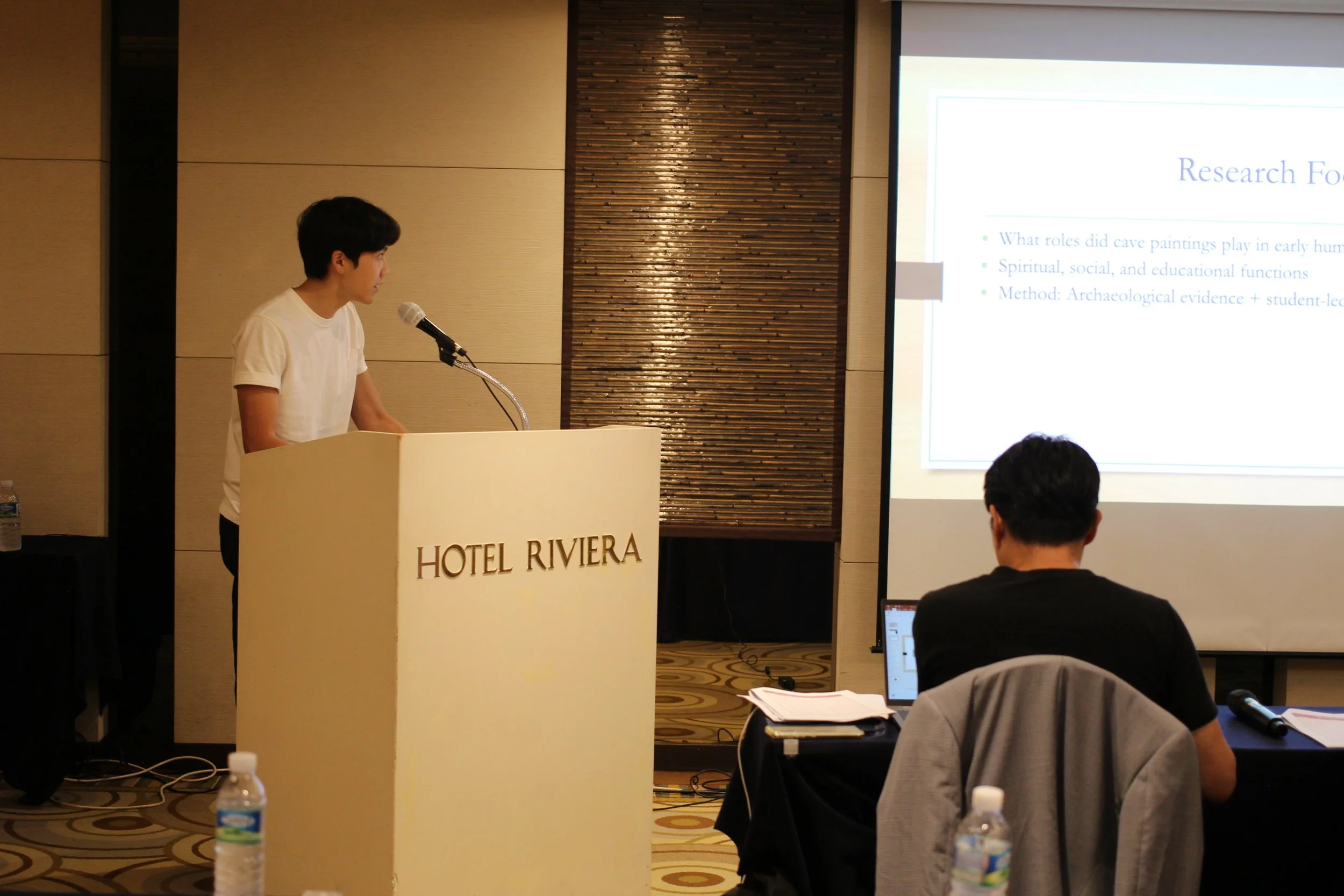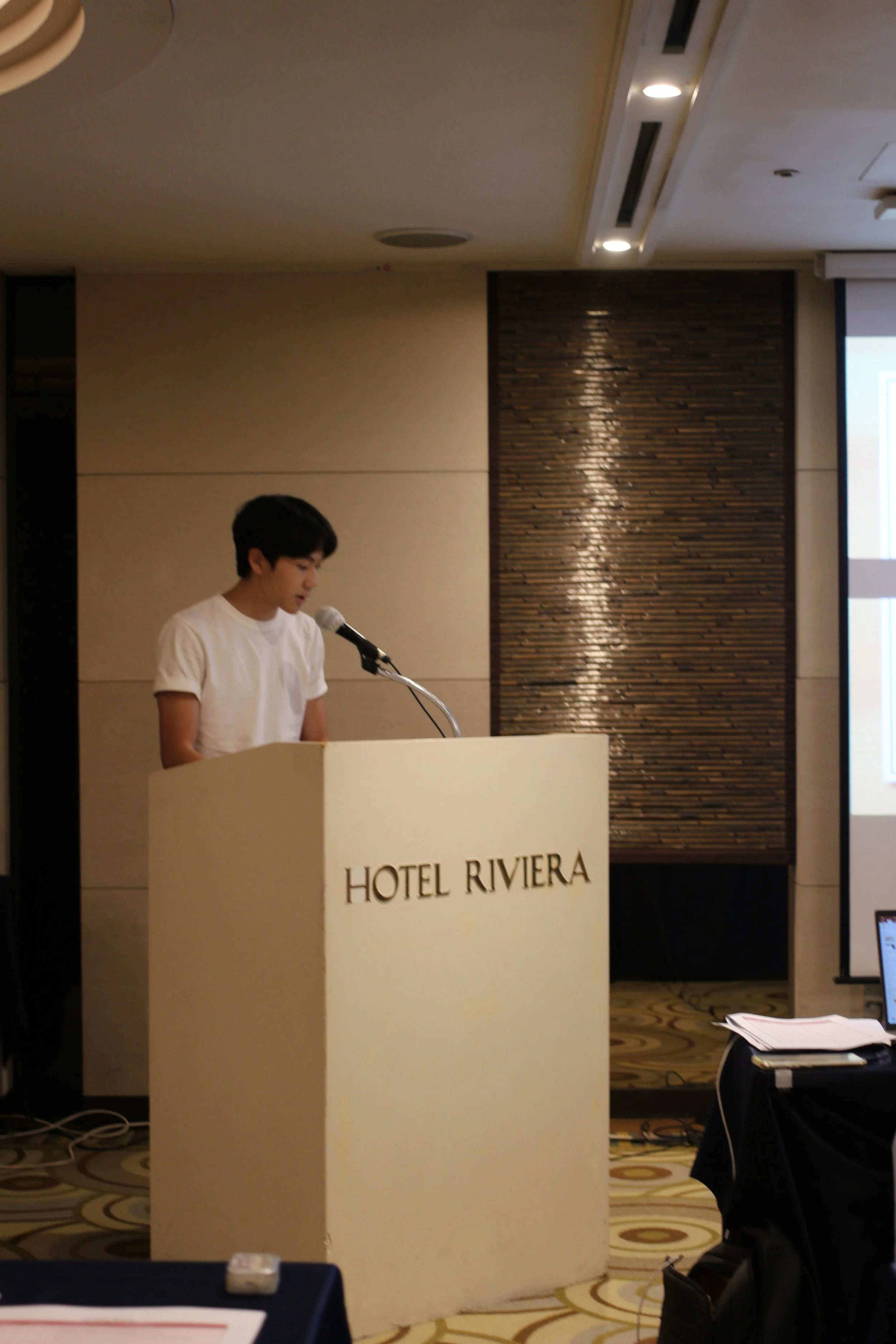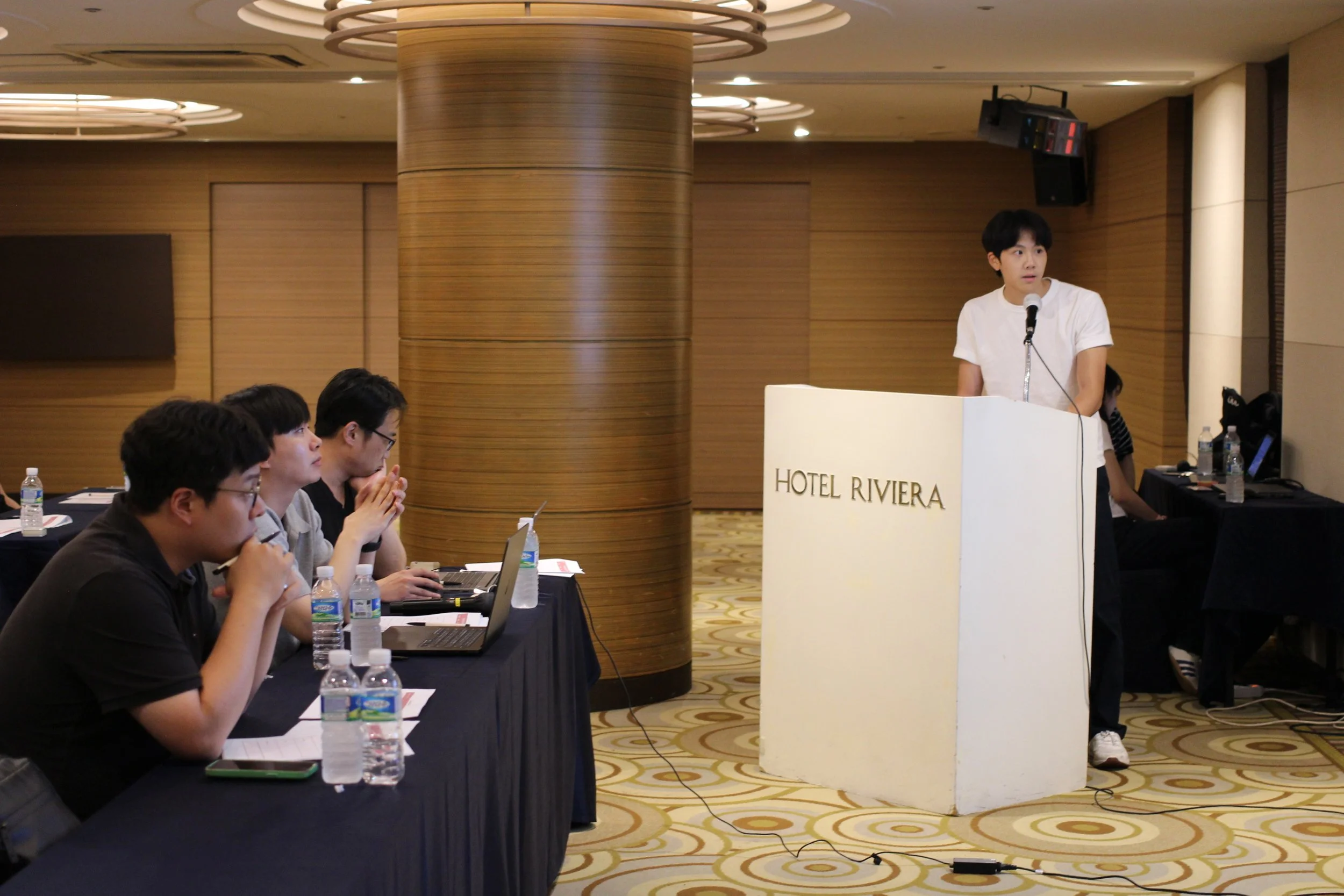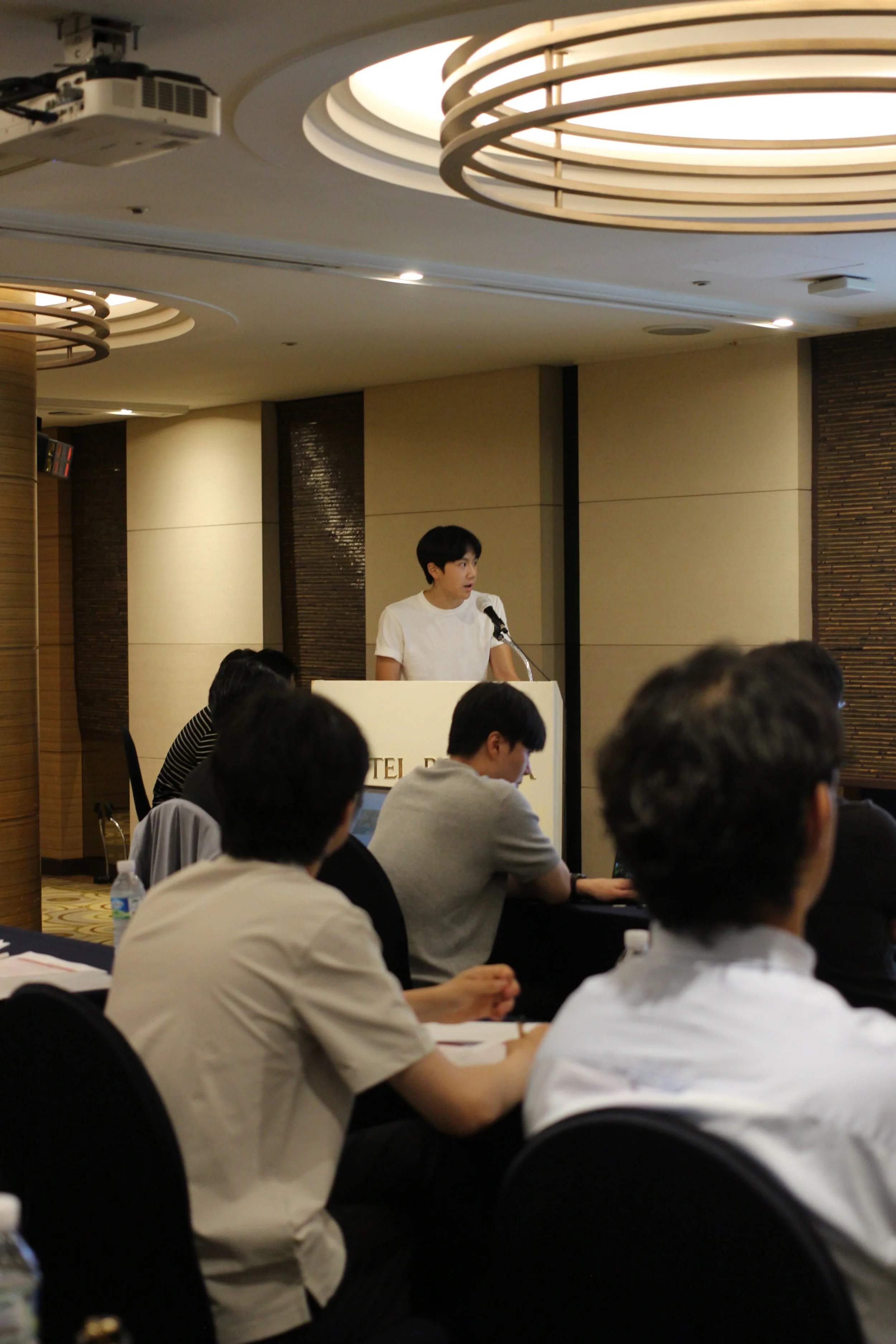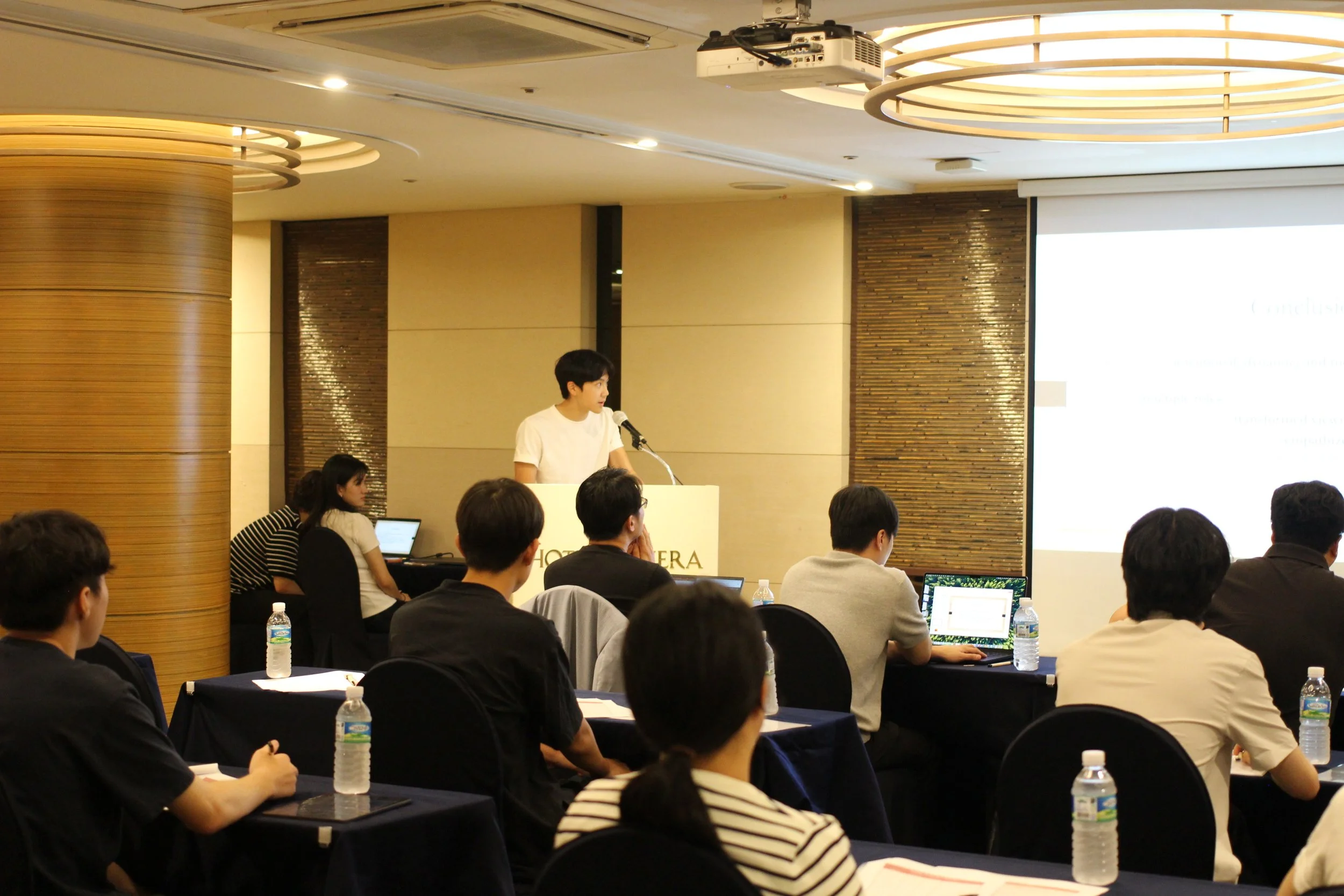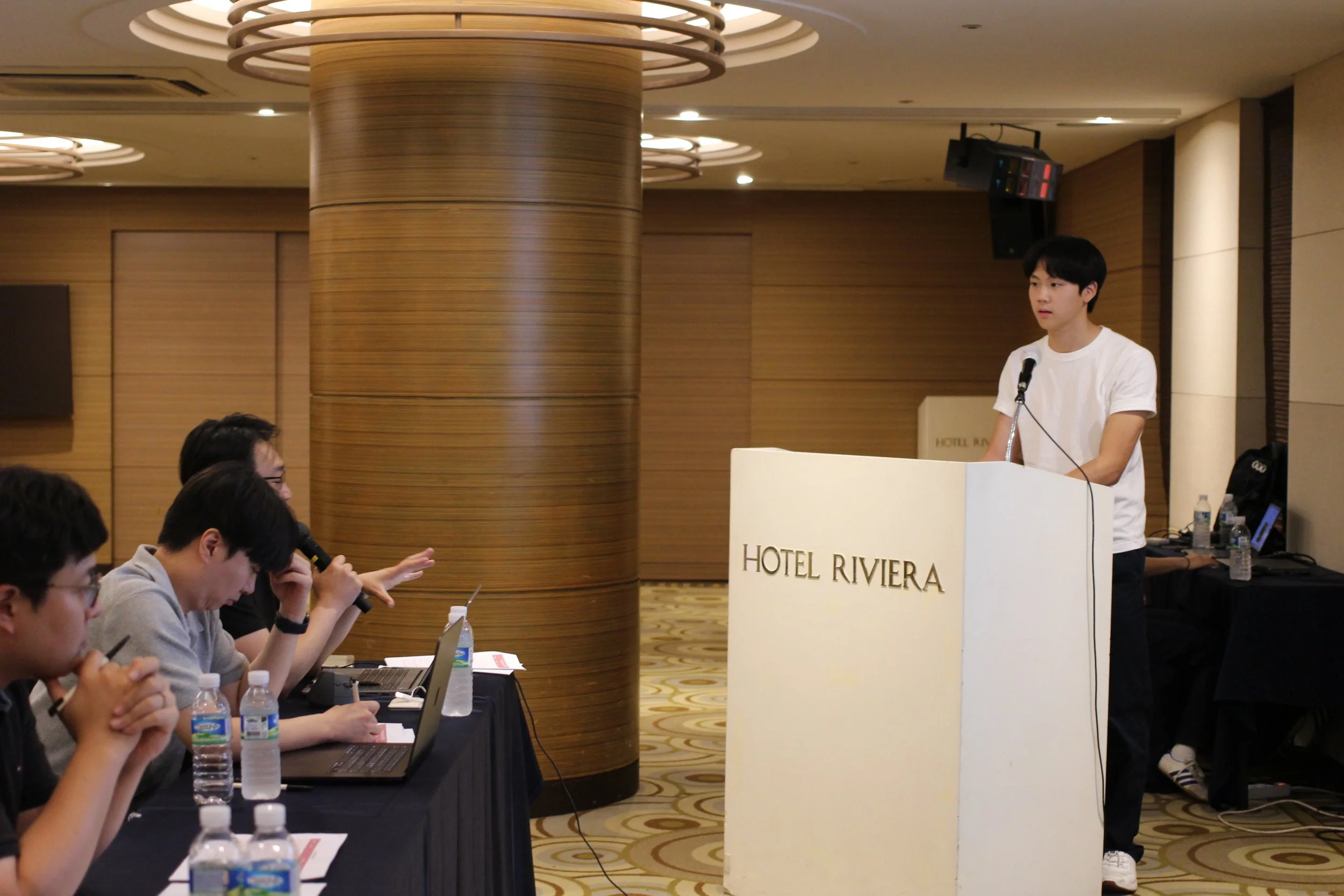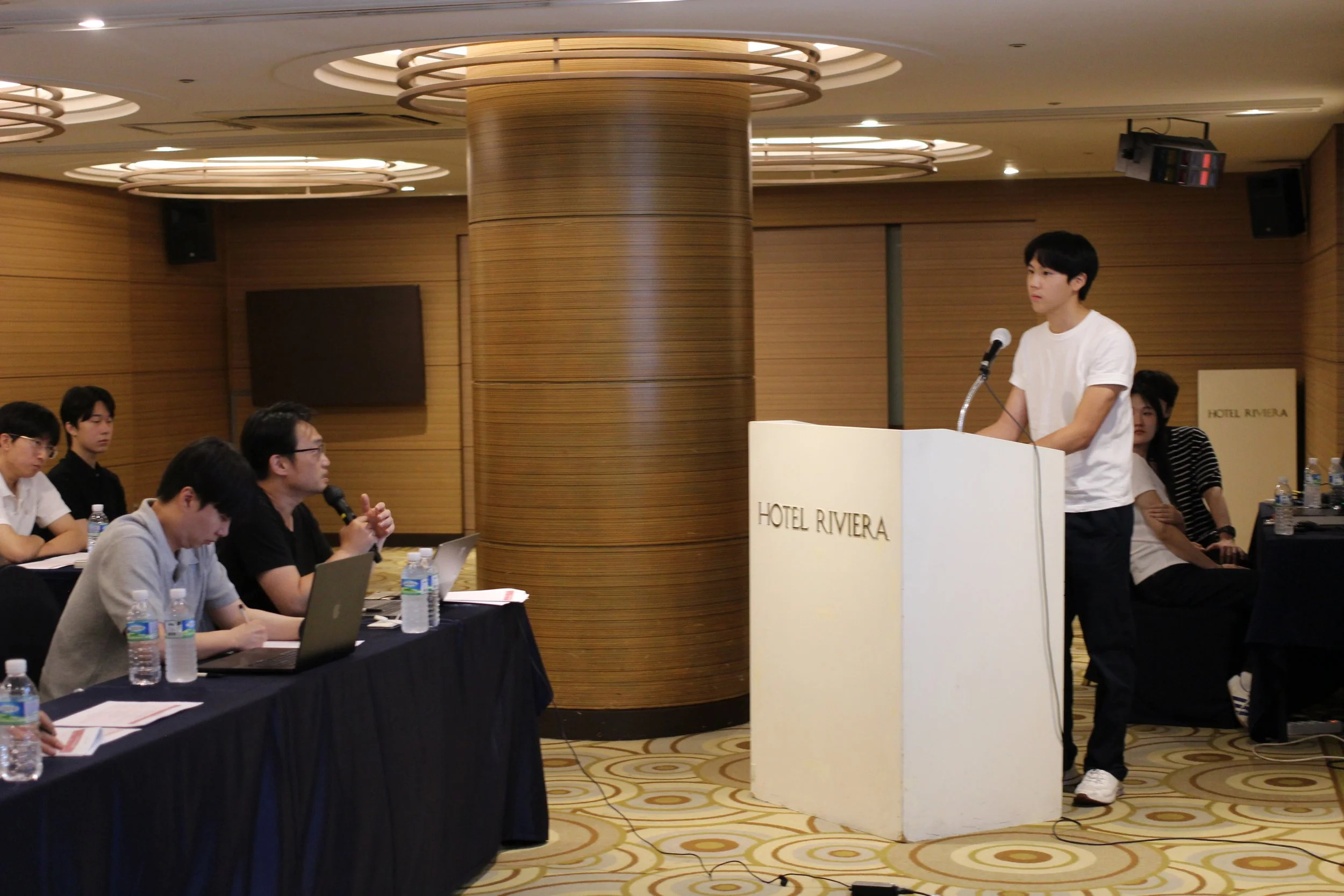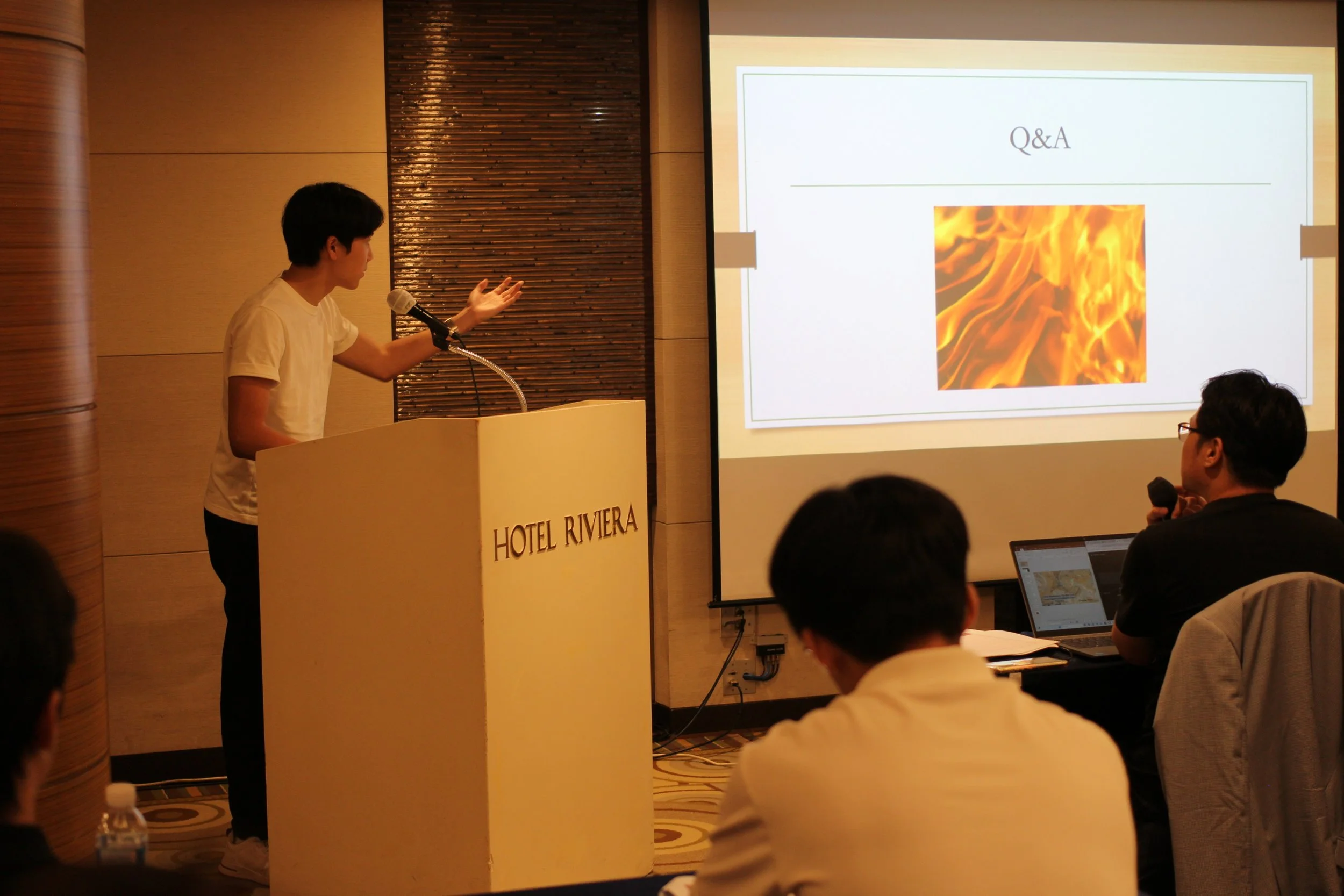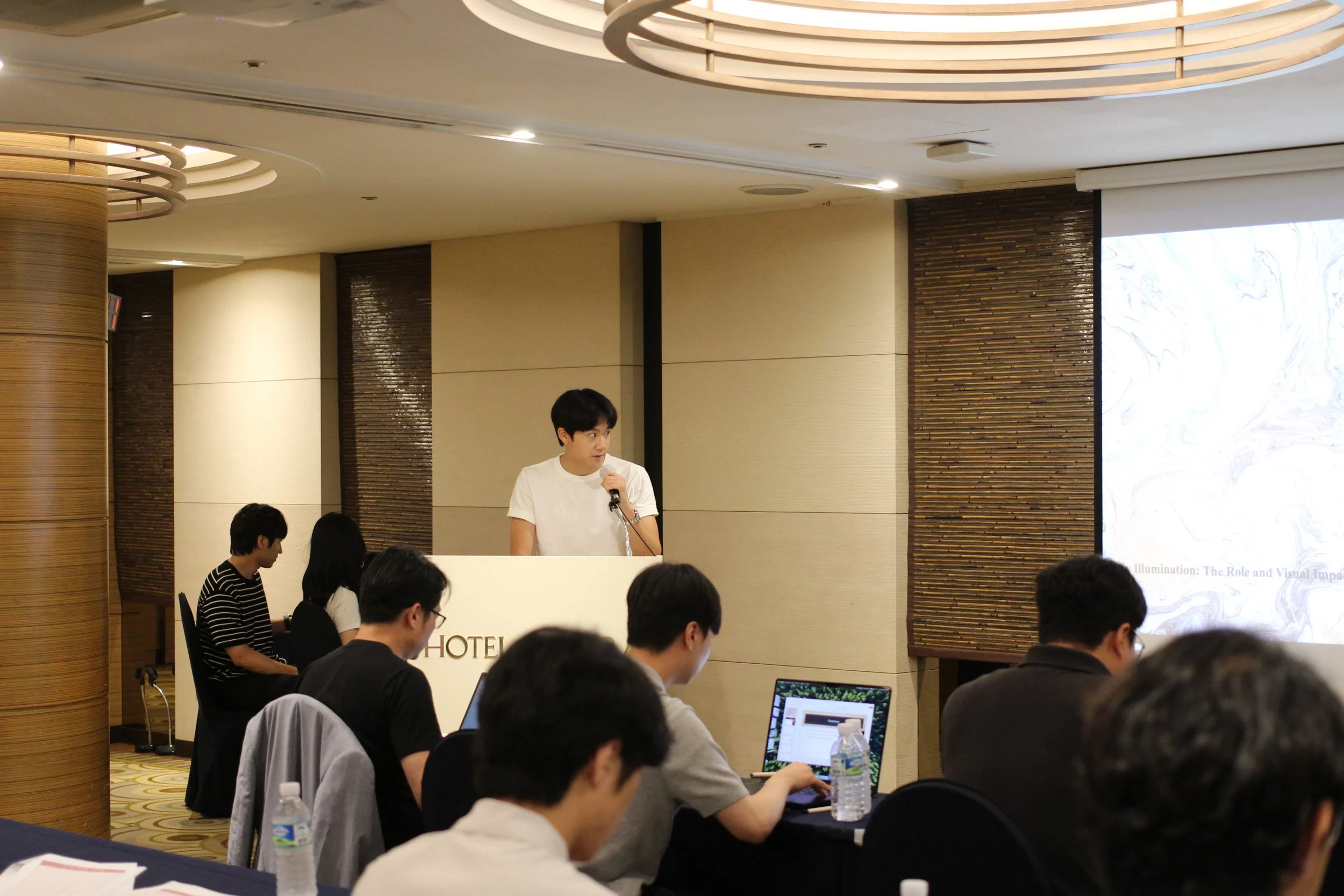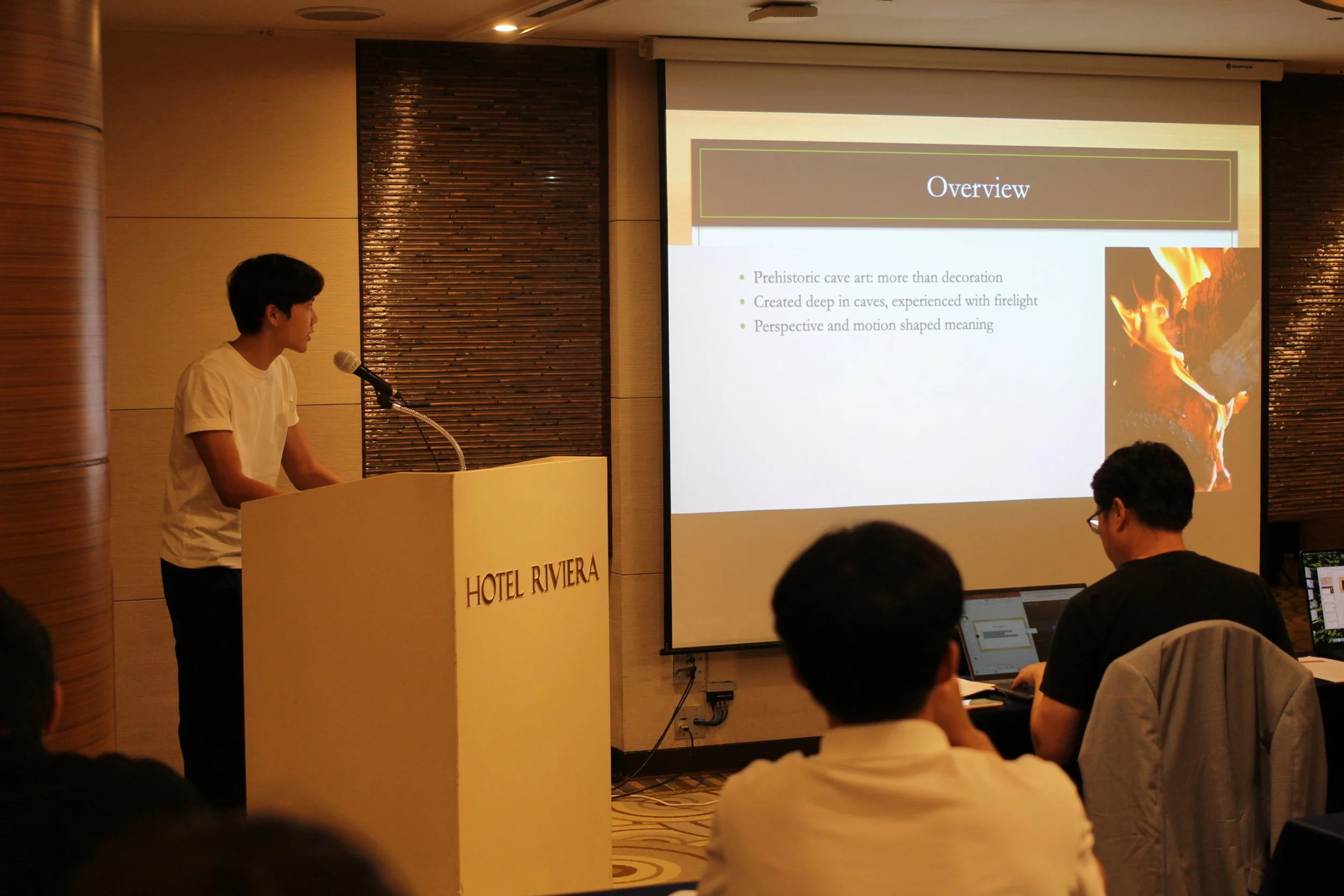
Early Illumination: The Role and Visual Impact of Prehistoric Cave Paintings
Abstract
The present paper discusses the prehistoric cave paintings as a type of visual communication, which used light and perspective as a method of conveying meaning. Meditating on the way in which these pieces of art looked when they were set aflame in firelight, the paper indicates that the effect was not fixed but experiential that is intended to be viewed on the move and in dimness. To facilitate this notion, the study utilizes archaeological evidence of prehistoric pigments, equipment and cave wall textures, and includes an experiment carried out by students that re-establishes the illumination of prehistoric conditions. Seen in darkness and lit with flickering light, student-made images showed depth, animation, and emotion that were not possible to see in regular lighting-providing a useful model of how prehistoric humans may have approached cave art. The results indicate that these paintings could serve multiple purposes: spiritual practice, social unity, and passing of cultural information. This paper offers a new perspective on prehistoric peoples using material analysis in conjunction with experimental archaeology to determine why people used art to explain the world around them.

